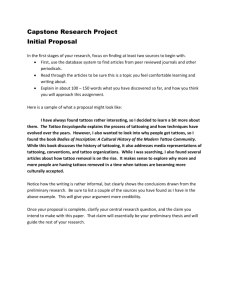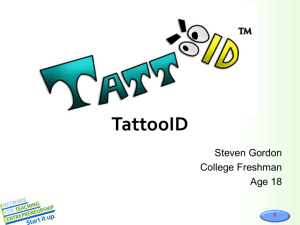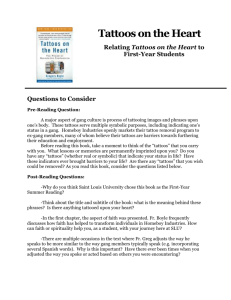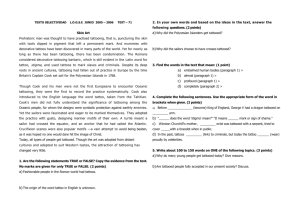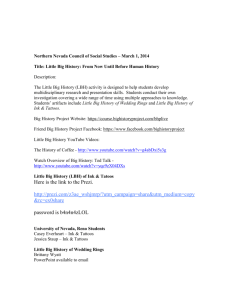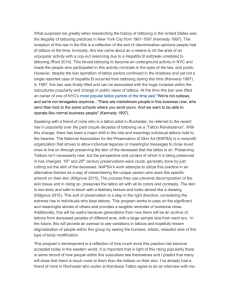Popular Culture
advertisement
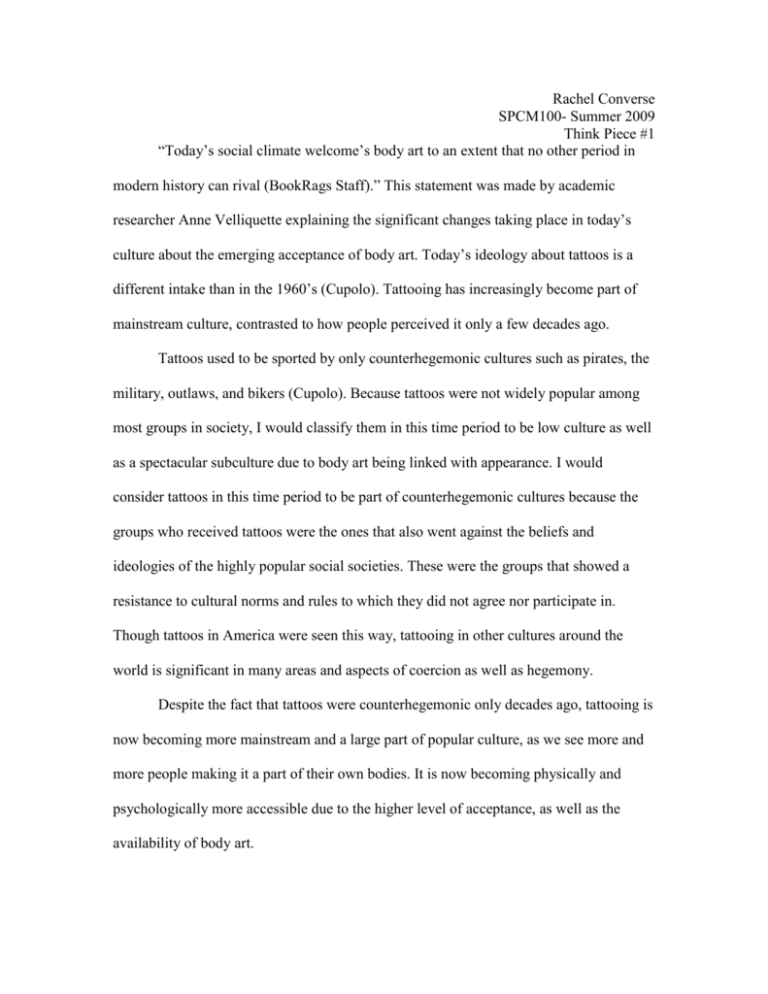
Rachel Converse SPCM100- Summer 2009 Think Piece #1 “Today’s social climate welcome’s body art to an extent that no other period in modern history can rival (BookRags Staff).” This statement was made by academic researcher Anne Velliquette explaining the significant changes taking place in today’s culture about the emerging acceptance of body art. Today’s ideology about tattoos is a different intake than in the 1960’s (Cupolo). Tattooing has increasingly become part of mainstream culture, contrasted to how people perceived it only a few decades ago. Tattoos used to be sported by only counterhegemonic cultures such as pirates, the military, outlaws, and bikers (Cupolo). Because tattoos were not widely popular among most groups in society, I would classify them in this time period to be low culture as well as a spectacular subculture due to body art being linked with appearance. I would consider tattoos in this time period to be part of counterhegemonic cultures because the groups who received tattoos were the ones that also went against the beliefs and ideologies of the highly popular social societies. These were the groups that showed a resistance to cultural norms and rules to which they did not agree nor participate in. Though tattoos in America were seen this way, tattooing in other cultures around the world is significant in many areas and aspects of coercion as well as hegemony. Despite the fact that tattoos were counterhegemonic only decades ago, tattooing is now becoming more mainstream and a large part of popular culture, as we see more and more people making it a part of their own bodies. It is now becoming physically and psychologically more accessible due to the higher level of acceptance, as well as the availability of body art. In today’s society, the people who make a decision about getting tattooed usually want it to be for significant events of their life such as deaths or relationships. The meaning behind tattoos has evolved from the devious symbols of the skull and cross bones to the cute butterflies girls sport on their lower back. As we know and have discussed in this class, the counterhegemonic cultures in society that are not at pop level standards can and are usually repackaged to become a part of society that will be taken in a different way and become mass-produced. This has become true behind body art because of the way it has emerged in becoming more popular today than any other point in time in America. Ranked the sixth-fastest growing retail venture in the 1990’s, we can see the tattoo industry has entered the mainstream losing much of the negative stigma it brought to those who yielded them (Cupolo). Statistics have revealed about 25 to 30 percent of college students have tattoos, leading the popularity of tattoos to be among younger generations (Cupolo). Myself being part of this group, I have found the media is part of the reason this spectacular subculture is now part of popular culture. With reality shows like “LA Ink” on TLC to “Ancient Ink” on the History Channel, the body art craze is being shown from many aspects to influence young adults, or anyone, that this popular trend is the “cool” thing to do, and we have the media to thank in this popularity. Myself being tattooed, I am consuming the pop culture trend along with the ideologies behind the permanent art set into my body. My skin has become my personal canvas intertwining my personal lifestyle. I chose a clover as part of my tattoo, this symbol represents my Irish heritage and I will always consume this symbolic ideology along with the ideology of how tattoos are being seen in today’s society. Works Cited BookRags Staff. "Body Piercing and Tattoos: Introduction." Book Rags. 2001. 24 May 2009 <http://www.bookrags.com/researchtopics/body-piercing-and-tattoos/>. Cupolo, Diego. "Evolution of the Tattoo." The Daily Campus. 16 Nov. 2005. University of Connecticut. 24 May 2009 <http://www.dailycampus.com/user/index.cfm?event=displayregistrationprompt& requiredregistration=1&thereferer=http%3A//media.www.dailycampus.com/medi a/storage/paper340/news/2005/11/16/News/Evolution.Of.The.Tattoo-1059450page2.shtml>.
